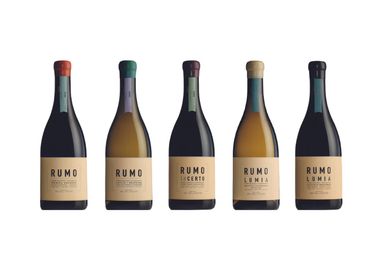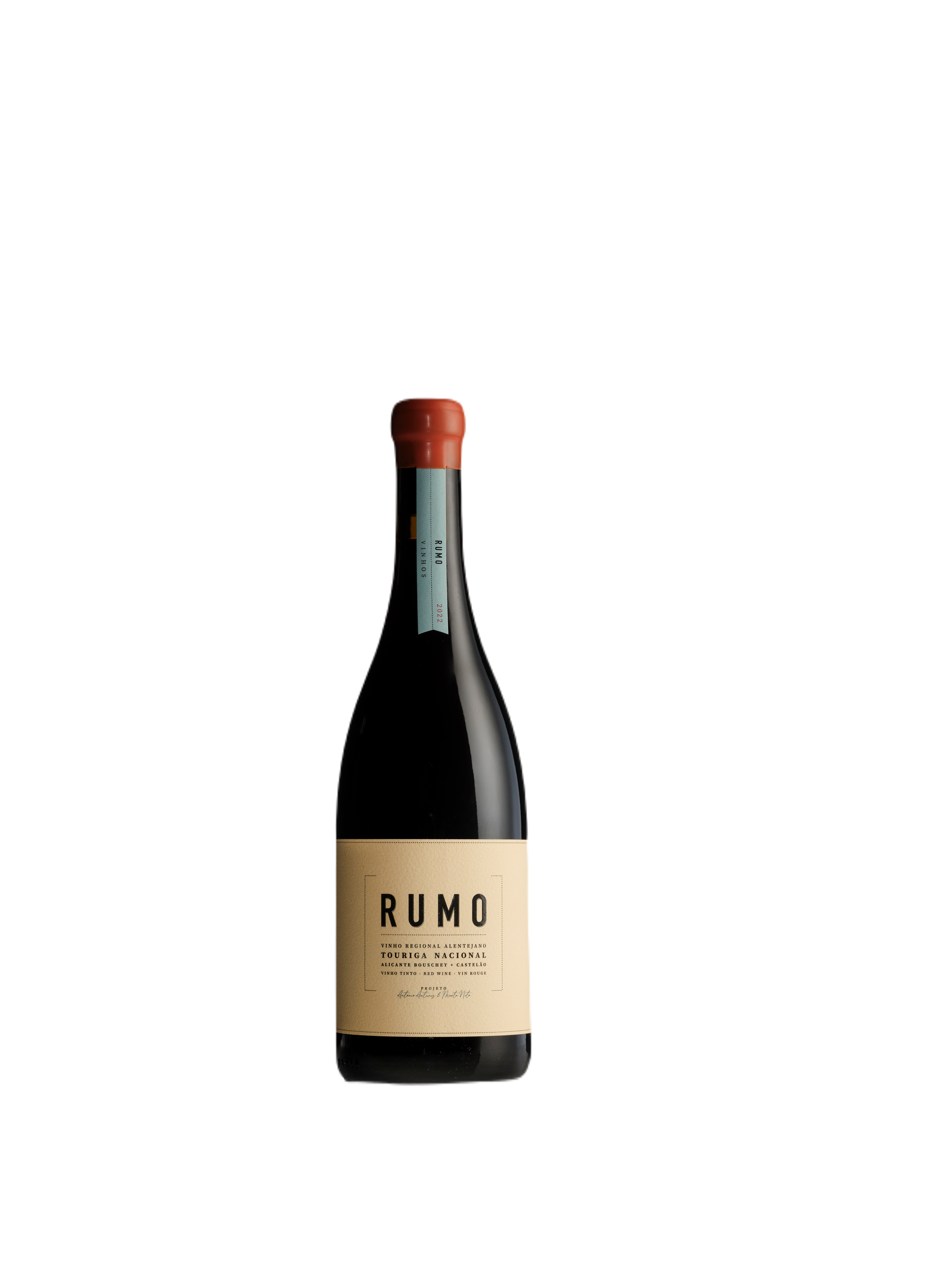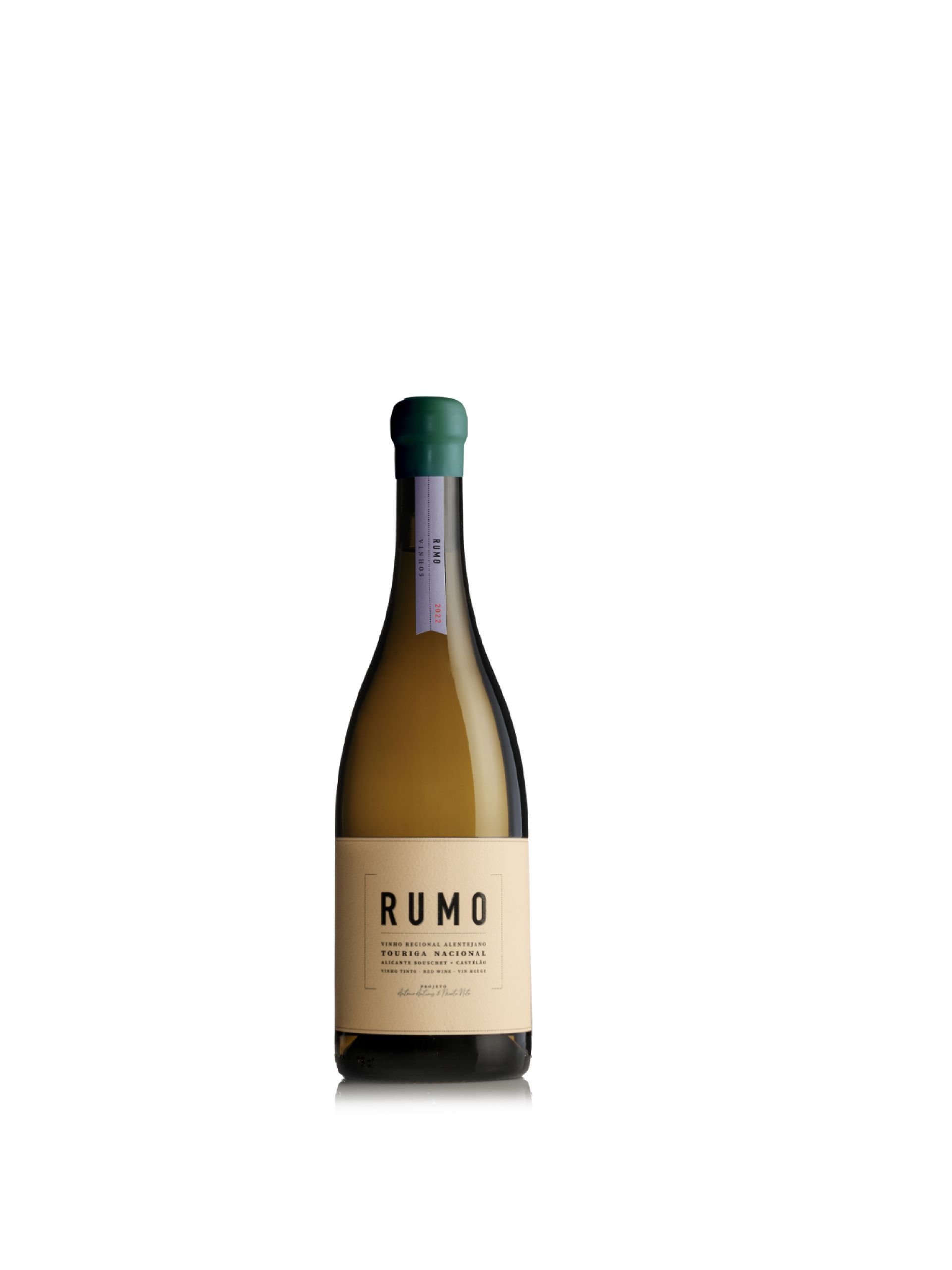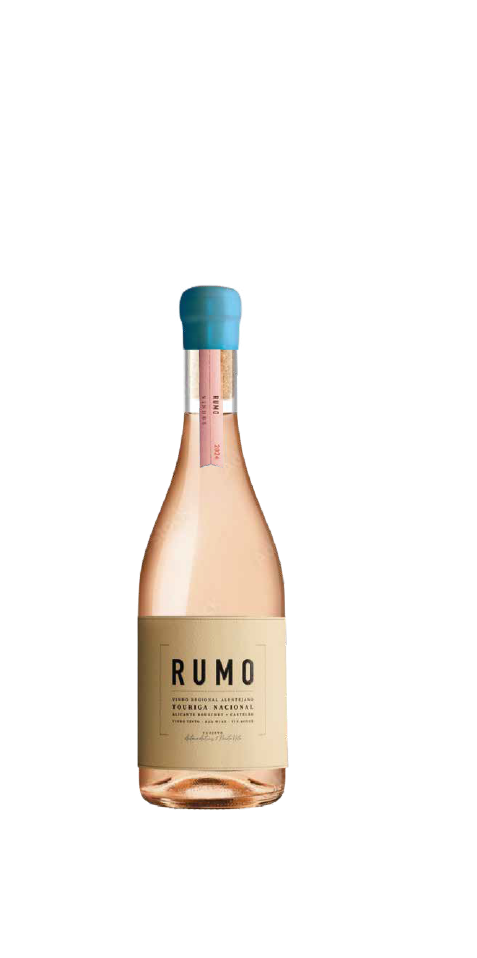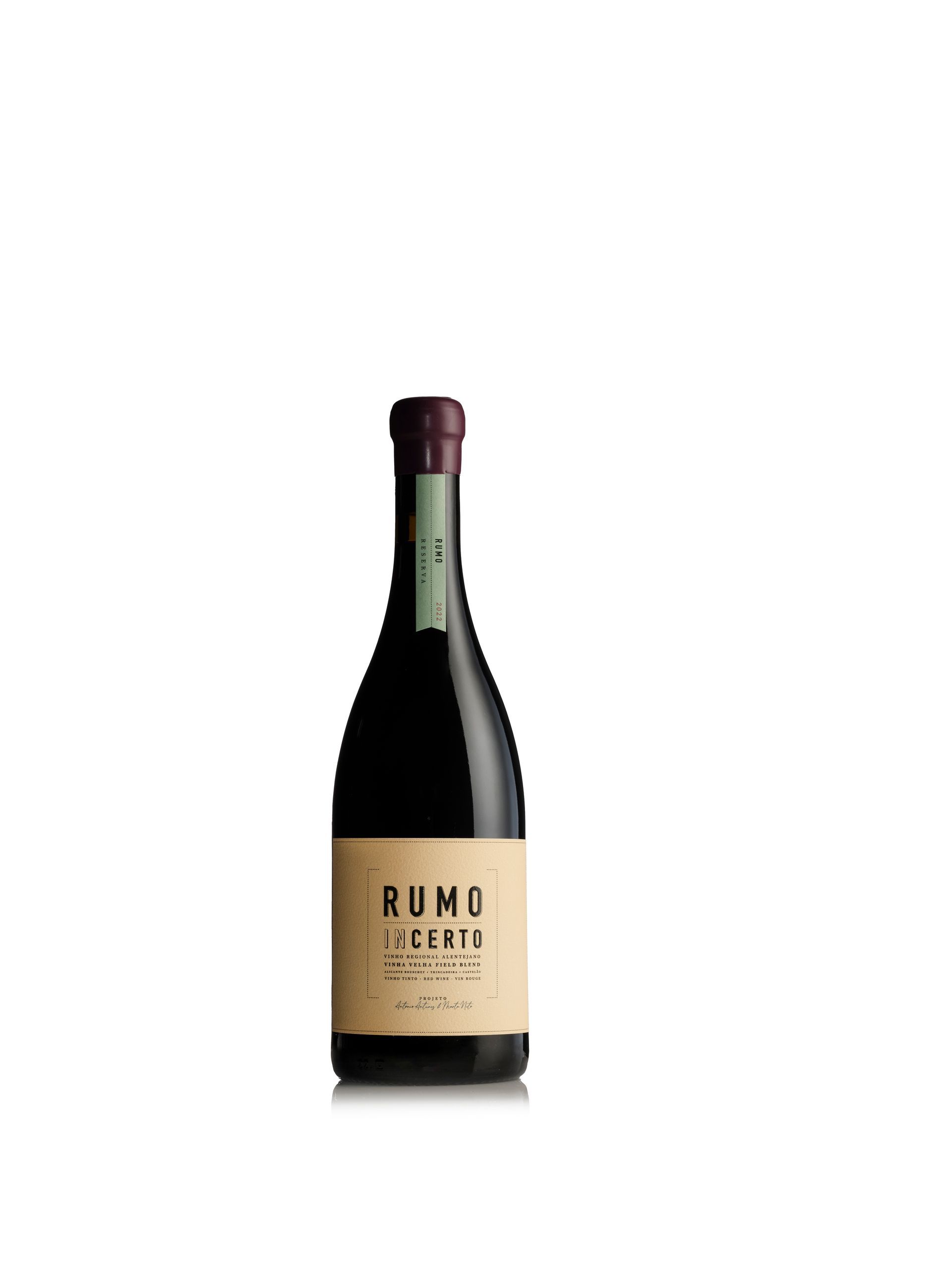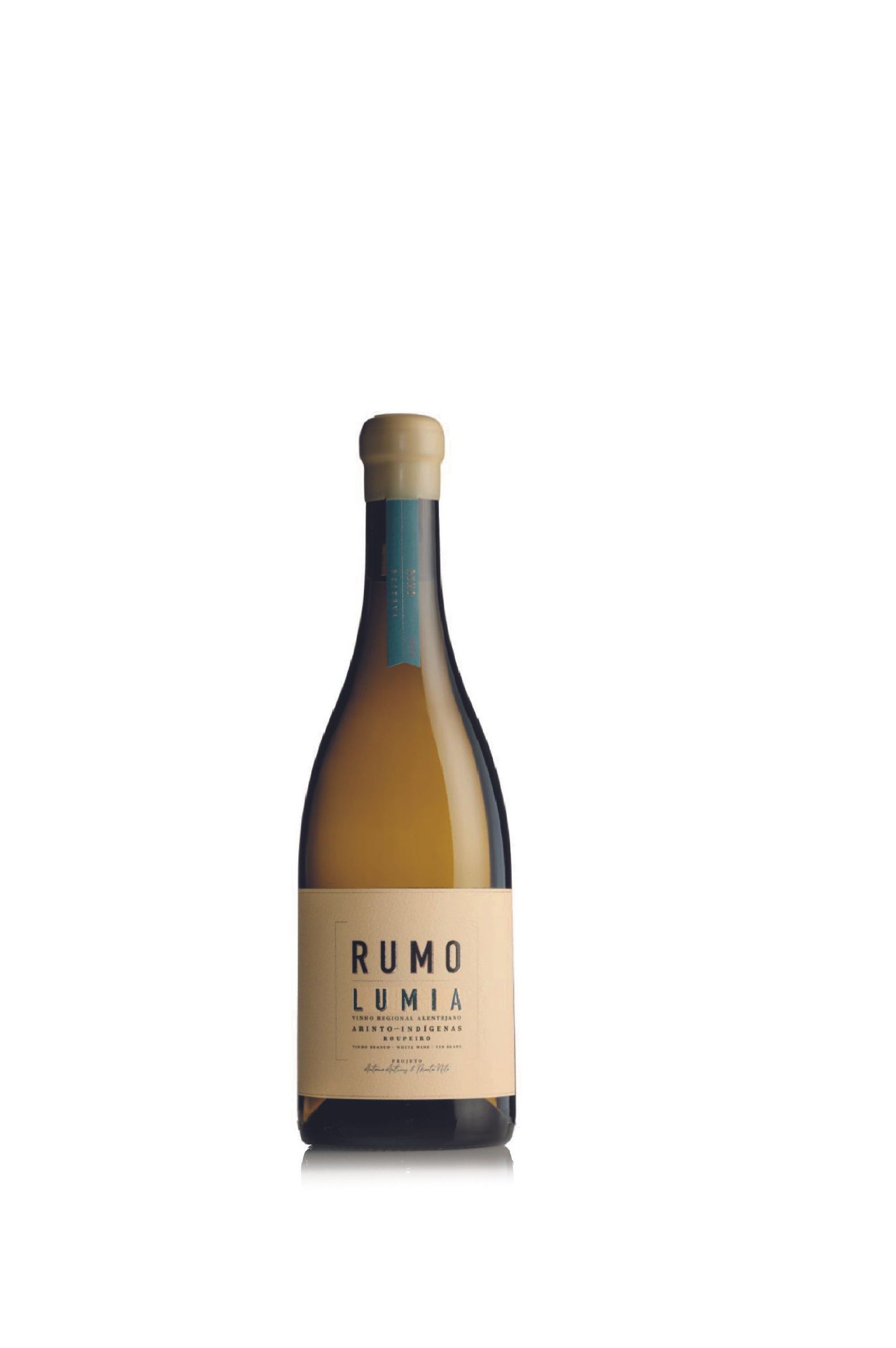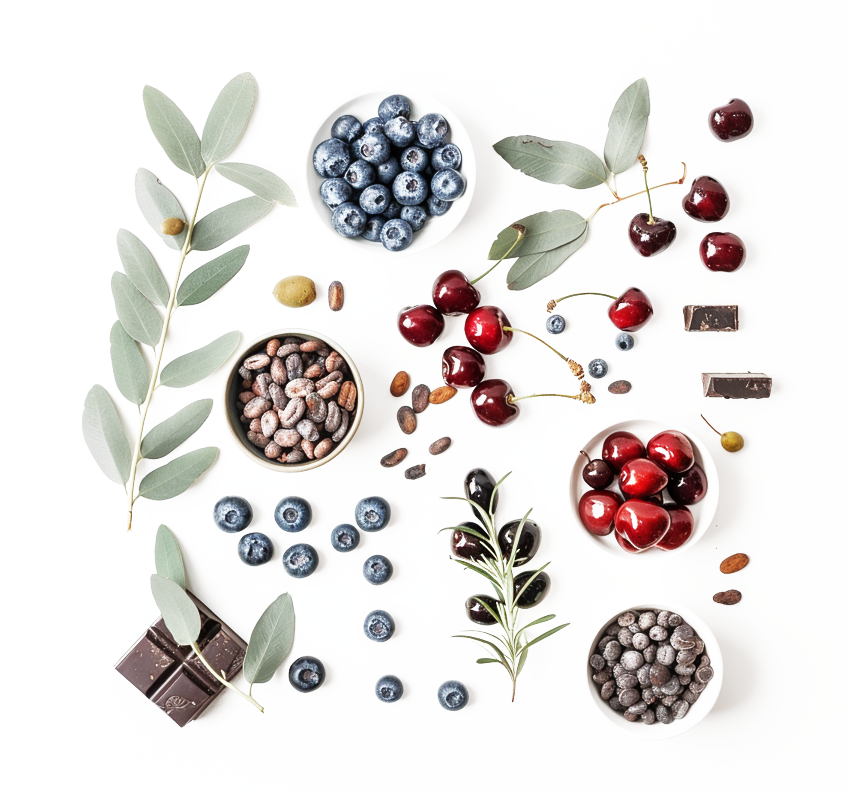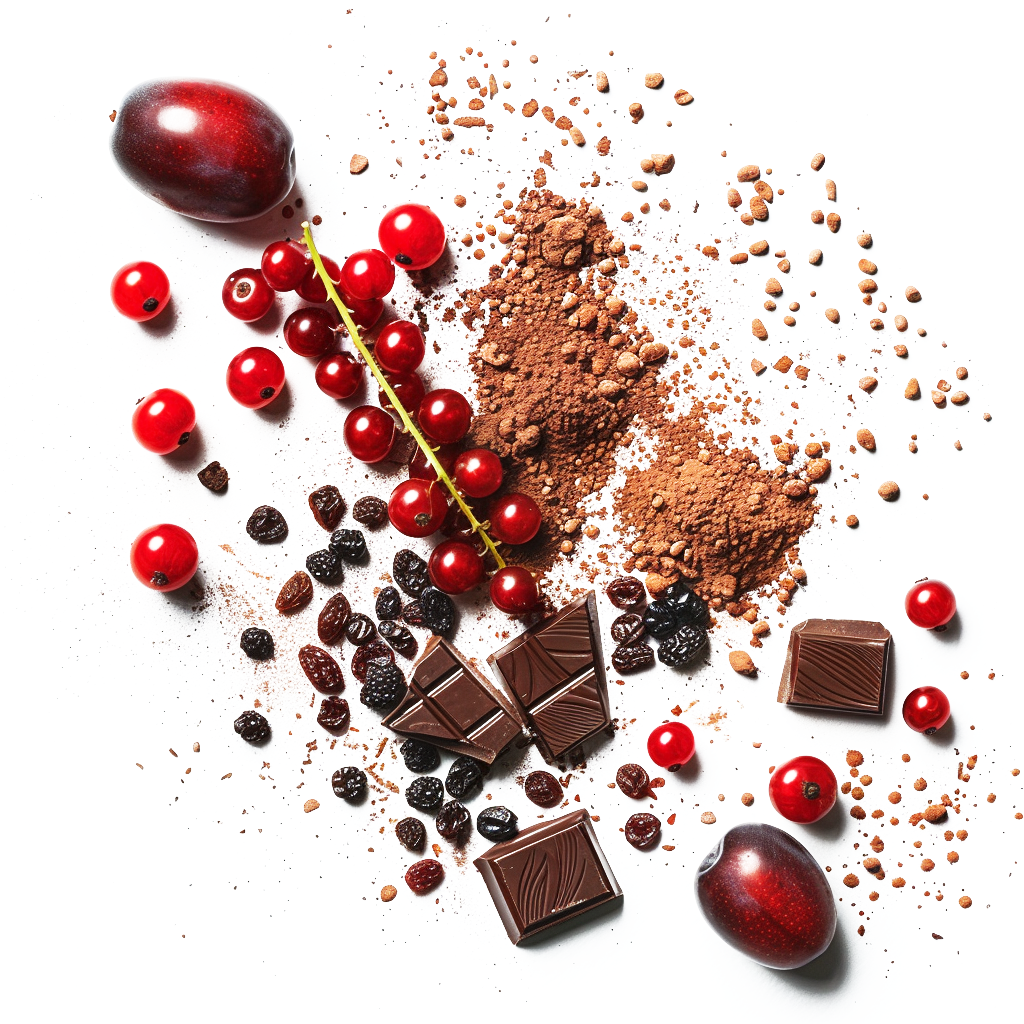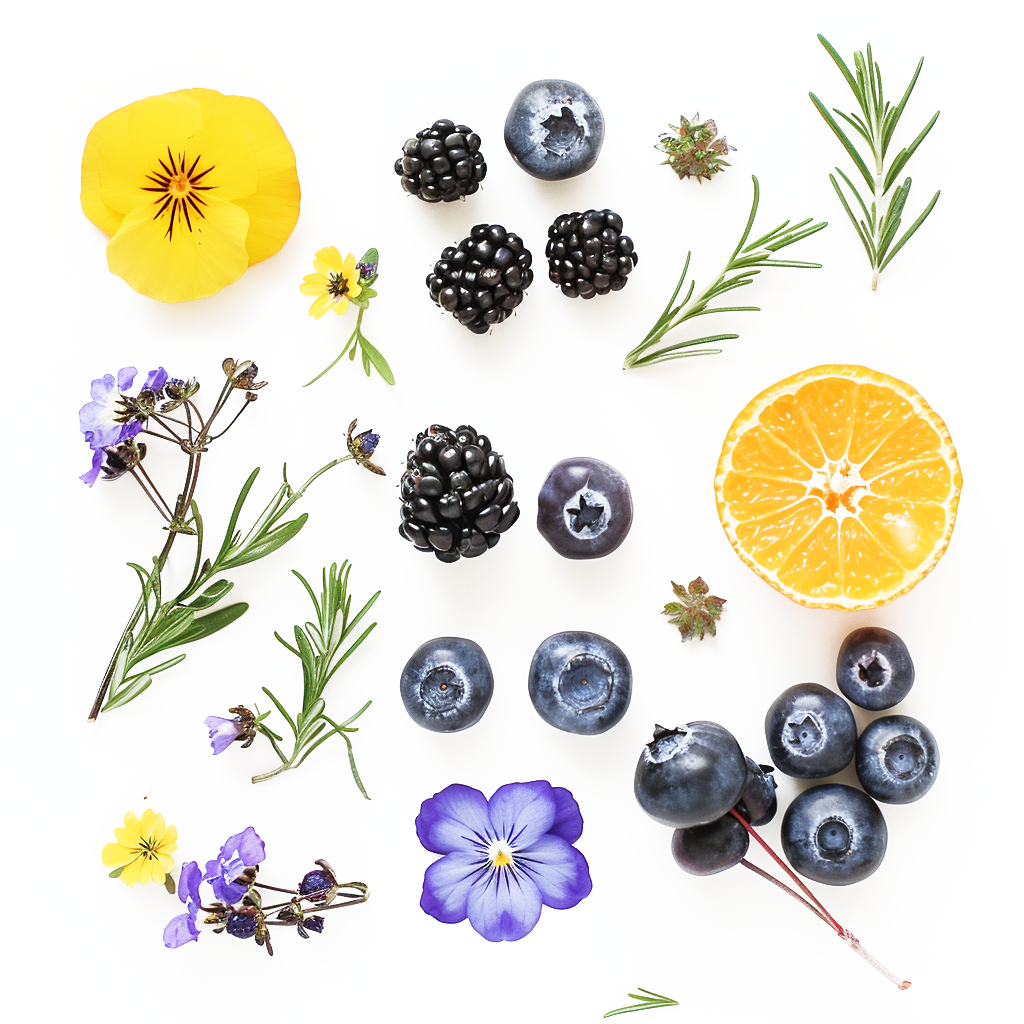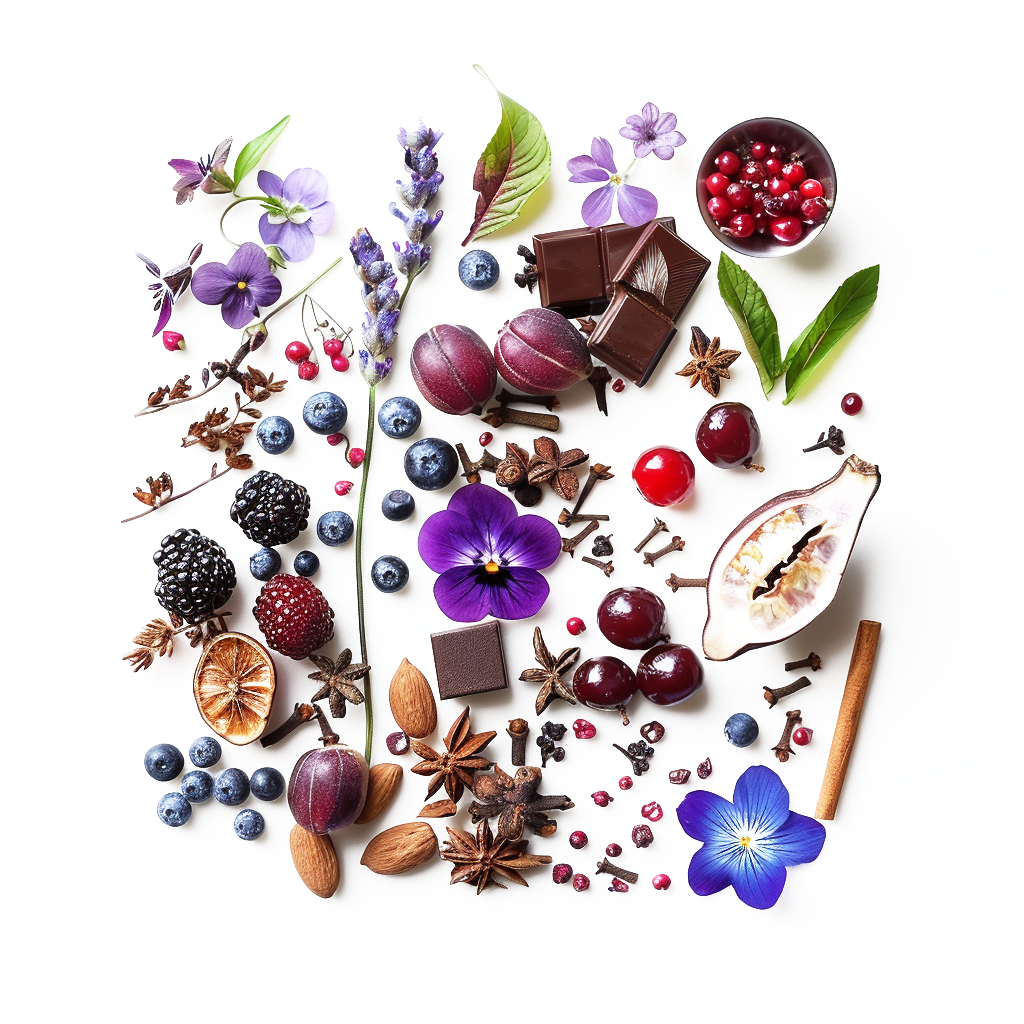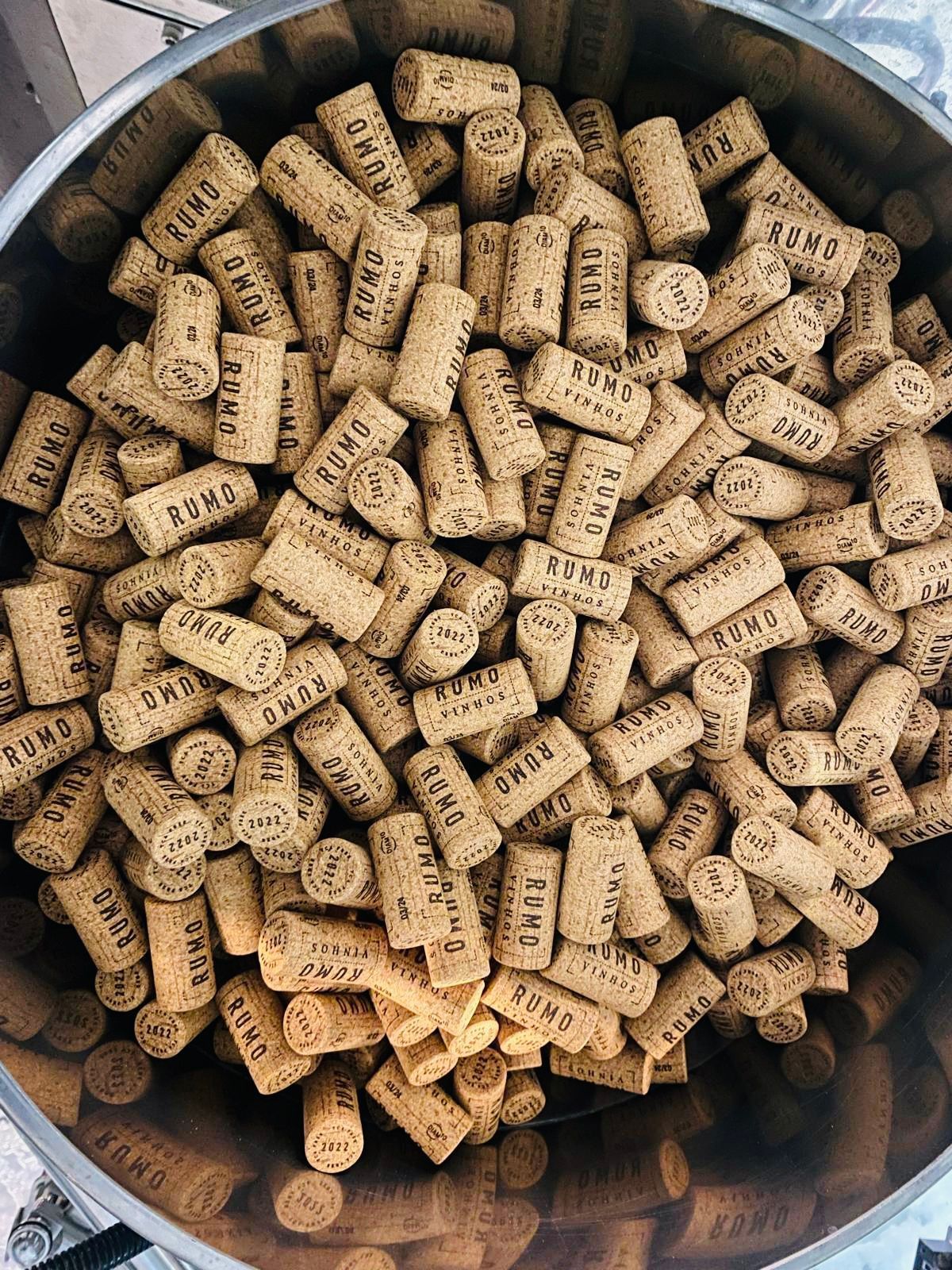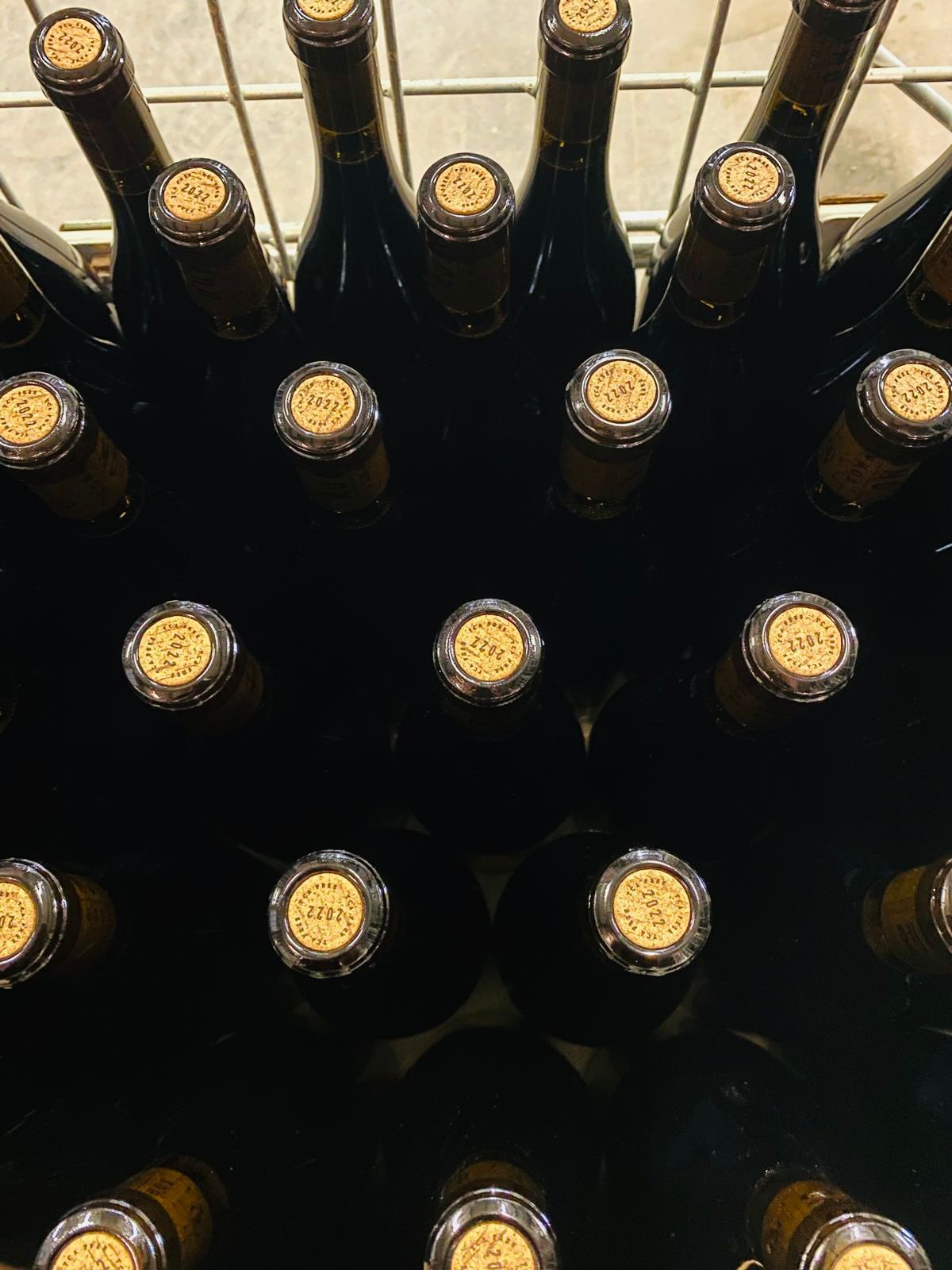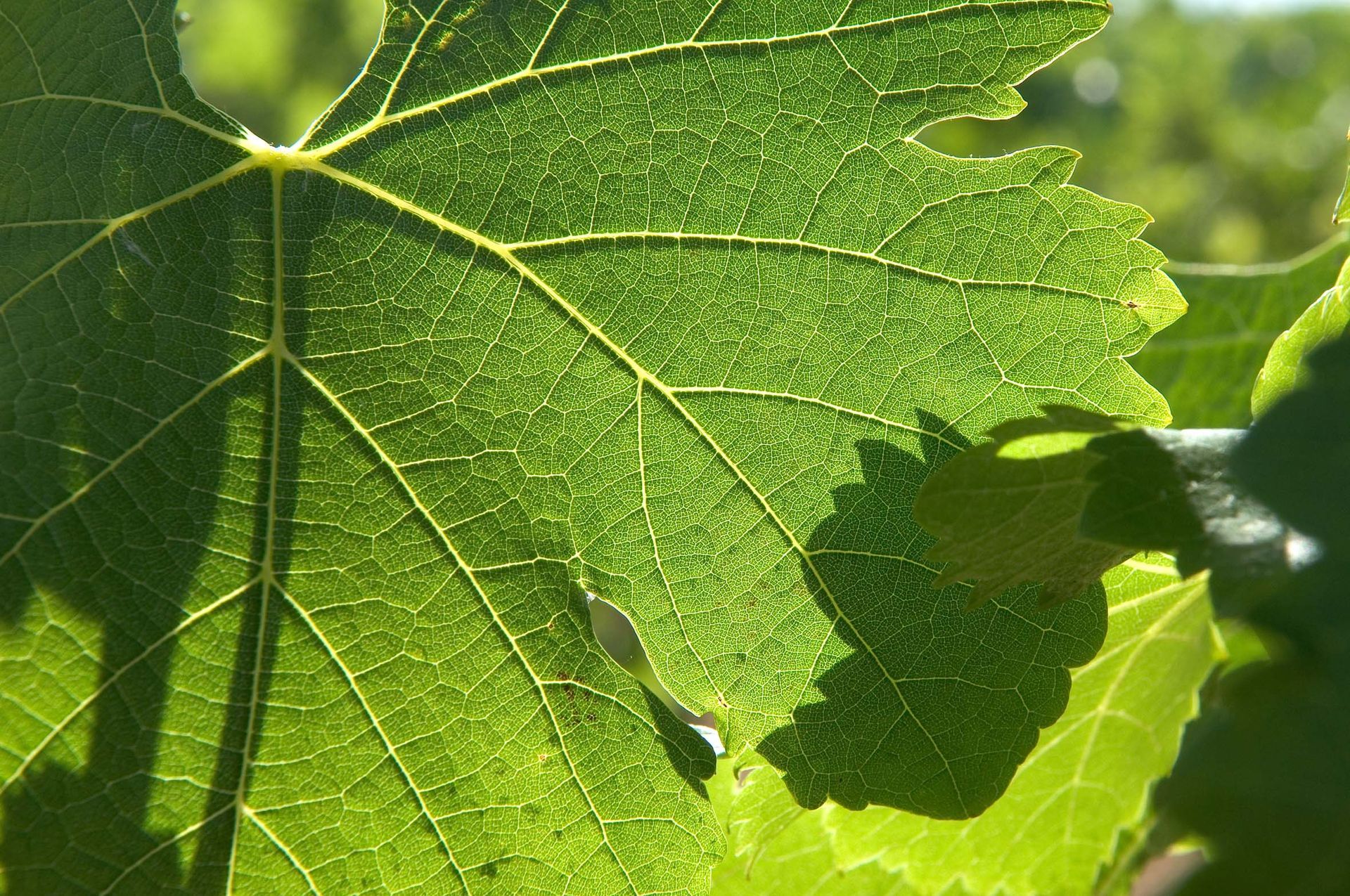
António Antunes and Marta Neto started producing wines in Alentejo around 19 years ago, where they accepted the challenge from António's family to start from scratch, more than a wine project, a family project that would showcase a new Alentejo.
Over time, they decided it was time to follow their own path and put their vision and philosophy into practice. The desire to produce terroir wines and work with Portuguese grape varieties brought them together in a new Project.
The RumoVinhos Project was born from the desire to start over, to follow a new path, but with the same determination to show the best that is done in Alentejo.
A project of two, but which has kept António Maçanita a friend, winemaker and consultant since he was 25 years old. With so many years of partnership and friendship between the couple and the Winemaker, this project could only start with the three of them together again, and in Alentejo.
They embark on this new project to explore the potential of indigenous grape varieties in wines with character and based on sustainable viticulture practices and little oenological intervention.
António and Marta start again with wines from selected small vineyard plots that promise to showcase the Alentejo terroir, the couple's soul and the winemaker's irreverence.
This trip towards Alentejo explores the terroir and the typical grape varieties of the region. In the reds
Alicante Bouschet, Touriga Nacional, Tinta Miúda, Tinta Caiada, Castelão and Trincadeira. In whites
Arinto,
Roupeiro, Rabo de Ovelha, Tamarez and Alicante Branco.
Sustainable agriculture and low-intervention oenology where we let the grape varieties shine and show their maximum potential.
19 years in the production of premium wines
ORGANIC AND DRY FARMED VINEYARDS
TRADITIONAL METHODS AND MODERN OENOLOGY FOR HIGH QUALITY STANDARDS
TERROIR



